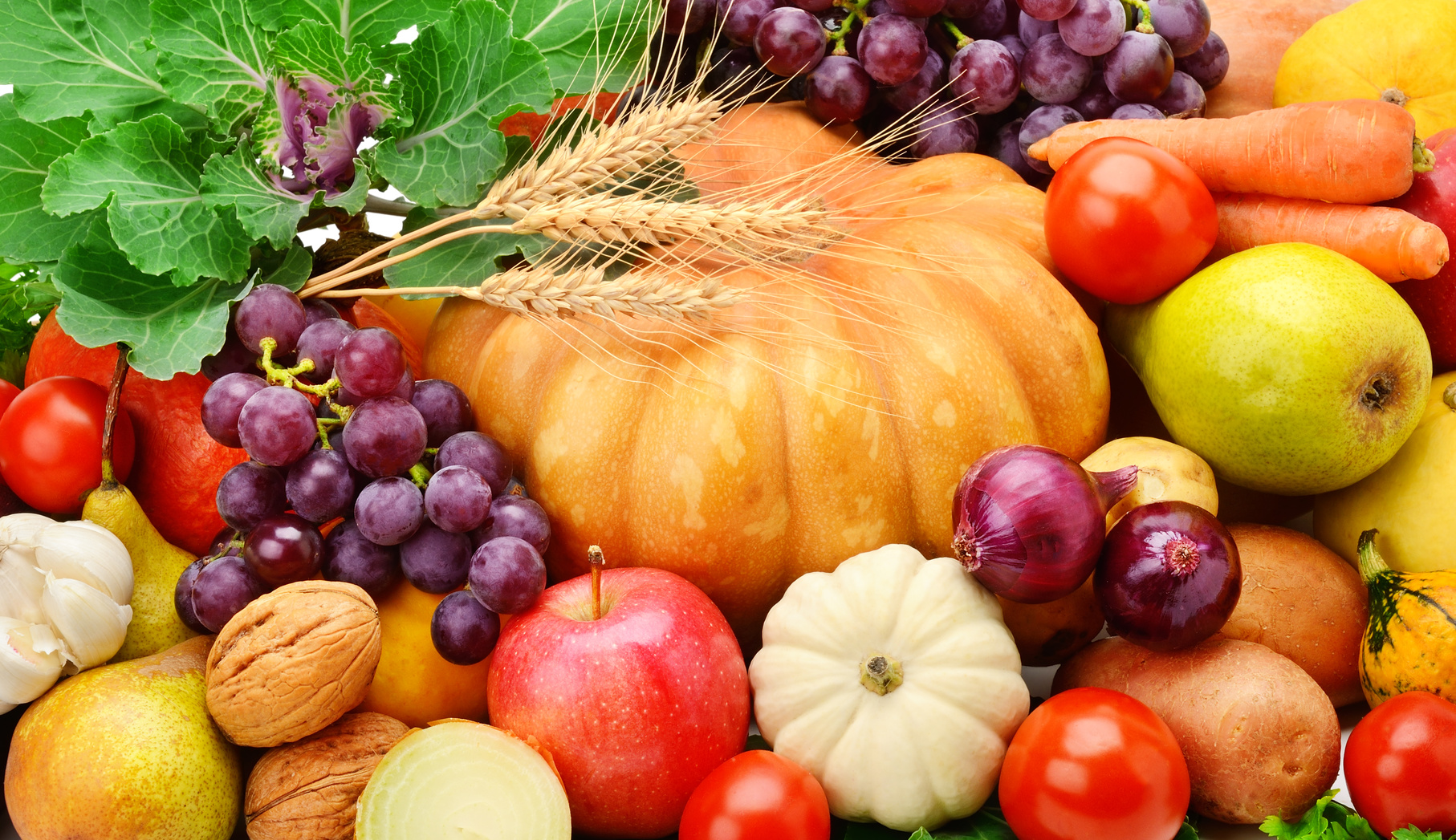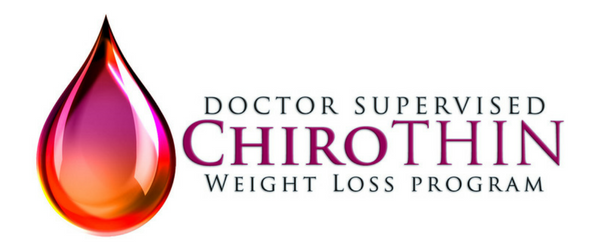
If you’ve ever experienced a surge of energy after eating a few doughnuts or a bag of potato chips, you know that some foods spike your blood sugar up more than others.
While you may enjoy this boost for a little while, you know what comes next: the carb crash.
The culprit? Refined sugars, found in the form of not only sweets but also pasta, bread, potatoes, and other carbohydrates.
These foods are high on the glycemic index (GI). They unhealthily raise the glucose level in your blood. As your body fights to regulate, you’re left feeling sluggish, sleepy, and unmotivated.
Low GI foods, however, act as “good carbs,” helping you maintain a steady stream of energy throughout the day and transforming your health.
Today, we’re discussing seven of these foods to add to your meal planning today!
Ready to learn more? Let’s get started!
What Distinguishes Low GI Foods?
The GI categorizes and ranks food on an index of 0 to 100.
An item with a score of less than 50 is considered part of the low GI foods.
An item with a score of 50 to 70 is a medium GI food.
An item with a score of 70 to 100 is a high GI food and should be avoided.
As you seek healthier options, the good news is you don’t have to totally give up your carbs. In fact, there are plenty of healthy, smart carbs that can fill you up without draining your tank.
When determining which items at the grocery store are low GI foods, you’ll want to keep a few considerations in mind. Let’s review a few.
Processing
As a rule of thumb, if a food is heavily processed or cooked for a long period of time, it generally carries a higher GI score. For instance, a bunch of grapes is one of the low GI foods, while grape juice will have a higher GI level.
Freshness
If a food is extra-ripened or past its expiration date, its GI level rises.
Length of Cooking Time
The longer food is warmed or handled, the higher its GI level tends to be.
For example, pasta cooked al dente is considered one of the low GI foods, while fully cooked pasta often tops the list of the top high-GI foods available.
The good news is that even if you select a food with a high GI level, all is not lost. Simply pair the meal with a couple of low-GI foods to help restore the balance.
1. 100% Whole Grain
You know that loaf of whole grain bread that you always eye at the grocery store, then pass up for the old-fashioned white stuff? Turns out, you should have gone with your initial gut feeling.
Whole grains are an ideal way to get in your carbs without sending your sugar levels through the roof.
As you scan the aisle, be wary of any brand that only advertises “high in whole grain” or “excellent source of whole grain” on its label. Rather, stick with the ones that clearly state “100% whole grain” so you can be sure you’re helping, not hindering, your progress.
One easy way to check? Look for the “Whole Grain Stamp” on your next loaf!
2. The Super Sweet Potato
Did your last meal out come with the option of a side or two? Did you opt for the loaded baked potato?
Next time, try scanning a little more see if the restaurant offers a sweet potato.
An incredible alternative to the traditional potato, the sweet potato has long been heralded for its many health benefits, from digestion regulation to disease immunity.
It’s truly a superfood and packs a one-two punch with its high iron content.
3. Muesli
Looking to incorporate low GI foods into your breakfast routine? Well, it’s never been easier!
Muesli is a delicious morning meal made with rolled oats.
The dish is created when you combine the oats with other, yummy, from-the-Earth goodies like dried berries, nuts, and edible seeds such as pumpkin seeds. Pour in a little milk, or some yogurt if you’ve got some on hand, and enjoy!
4. Sweet Cherries
Some fruits, like watermelon, score high on the GI index (72 in this case) and should be avoided. Usually, their high score is attributed to how quickly they’ll raise your blood sugar after consumption.
Others, such as sweet cherries, provide a more steady intake. So, if you’ve been itching to make that cherry pie, now’s the time!
Sweet, raw cherries come in at around 20 on the GI index. They’re also chock-full of potassium and filled with powerful nutrients and antioxidants.
No fresh cherries in your area? The canned ones work fine too, with a GI score of around 41. Just look for ones that are canned in light water, not syrup.
5. Leafy Greens
On your journey to get healthy, you’ll probably encounter many salads! Yet, today’s salads are a far cry from the wiggly, congealed salads you grew up bringing to potlucks.
Now, salads are fresher than ever. They’re colorful, delicious, and full of texture.
Yet, chances are you don’t want to eat a salad for every single meal. That’s where a little creativity comes in.
Scan your grocery store’s assortment of leafy greens and begin brainstorming what sort of beautiful and delicious creations you can make with them.
Need a little inspiration? Check out these recipe ideas that put leafy greens in the starring role.
6. Nuts and Seeds
Just in time for pumpkin-carving season, we’re here to report that most seeds, such as pumpkin seeds, are perfect, low GI foods for autumn.
For best results, snack on a handful or so of nuts throughout the day to sustain your energy and keep your glucose levels regulated.
7. Black Beans
Most beans and legumes score low to medium on the GI index, so open up a can or soak some dry black beans for your next meal.
Not too thrilled about the taste of black beans? Feel free to spice them up!
Create a mouth-watering version of your standby can of black beans. If you’re unsure where to start, check out this Texas Black Bean Recipe.
Onion? Cilantro? Garlic? Count us in!
A Healthier Lifestyle and a Happier You
Now that you know a little more about low GI foods, are you ready to take the next step in your weight loss journey?
If so, we’d love to help!
We offer a weight loss program designed to help your body convert stored fat into energy by seeking anti-inflammatory foods that carry a low GI index.
Find a participating doctor near you and take that first step toward your future!
